It’s official: Mario, Donkey Kong and Zelda will appear on smartphones and tablets at last—and that’s just the start. Nintendo President and CEO Satoru Iwata spoke exclusively to TIME about the company’s plans to bring its franchises to smart devices, why it’s chosen to do so now, and what it means for the future of its reputation as a manufacturer of idiosyncratic console and handheld game systems.
What prompted this move now, in the light of all you’ve said about Nintendo’s reluctance to craft games for smartphones?
In the digital world, content has the tendency to lose value, and especially on smart devices, we recognize that it is challenging to maintain the value of our content. It is because of this recognition that we have maintained our careful stance. However, we have been seriously and continuously considering how we should make use of smart devices. We made the announcement yesterday because we finally found solutions to the problems we identified. More specifically, we will not merely port games developed for our dedicated game systems to smart devices just as they are—we will develop brand new software which perfectly matches the play style and control mechanisms of smart devices.
We have come to the stage where we can say that we will be able to develop and operate software which, in the end, will not hurt the value of Nintendo IP but, rather, will become an opportunity for the great number of people around the world who own smart devices—but do not have interest in dedicated video game hardware—to be interested in Nintendo IP and eventually to become fans of our dedicated game systems. Yesterday, we finally came to the stage where we were able to announce the alliance with DeNA, which plays a key role in these solutions.
MORE Exclusive: Inside Nintendo’s Bold Plan to Stay Alive for the Next 125 Years
Will you pursue a premium strategy where you charge users up front for games? Or will you offer free-to-play and try to capitalize on in-app purchases?
I understand that, unlike the package model for dedicated game systems, the free-to-start type of business model is more widely adopted for games on smart devices, and the free-to-start model will naturally be an option for us to consider. On the other hand, even in the world of smart device apps, the business model continues to change. Accordingly, for each title, we will discuss with DeNA and decide the most appropriate payment method. So, specifically to your question, both can be options, and if a new Nintendo-like invention comes of it, then all the better.
On the other hand, Nintendo does not intend to choose payment methods that may hurt Nintendo’s brand image or our IP, which parents feel comfortable letting their children play with. Also, it’s even more important for us to consider how we can get as many people around the world as possible to play Nintendo smart device apps, rather than to consider which payment system will earn the most money.
Will Nintendo or DeNA be developing these games? And is Mr. Miyamoto [creator of Mario, Donkey Kong, Zelda and other iconic Nintendo franchises] working on anything smart device-related?
Development of smart device games will be mainly done by Nintendo, but it is significant that we are forming a joint development structure with DeNA. Nintendo, through experience in the dedicated game system business, is good at making traditional game products. But for smart devices, in addition to the “product” aspect of a game, the aspect of an ever-evolving “service” is very important—a service that encourages consumers to play every day even for a short time. DeNA has extensive know-how in developing the “service” side of things, and will be primarily responsible for the service-oriented operations. We will be able to greatly leverage strengths of each party.
As for any involvement of Mr. Miyamoto, we will discuss it when possible, but for now, understand that his priority is on the development of Wii U titles that will be launched this year.
What else can you tell us about the new “online membership service” you’ve announced with DeNA? Is it meant to supersede your existing online services on 3DS and Wii U, or operate alongside them?
We are planning to start a new membership service, which can be deployed on multiple devices, such as Nintendo’s game systems, smart devices and PCs starting from the fall of this year, to be jointly developed with DeNA. While this is going to be Nintendo’s membership service that we operate, because DeNA has impeccable know-how in system development across multiple devices, as well as in the construction of networks and servers, we are planning to develop a new membership service that can take advantage of both companies. Regarding details, please wait for our further announcements.
See The 15 Best Video Game Graphics of 2014


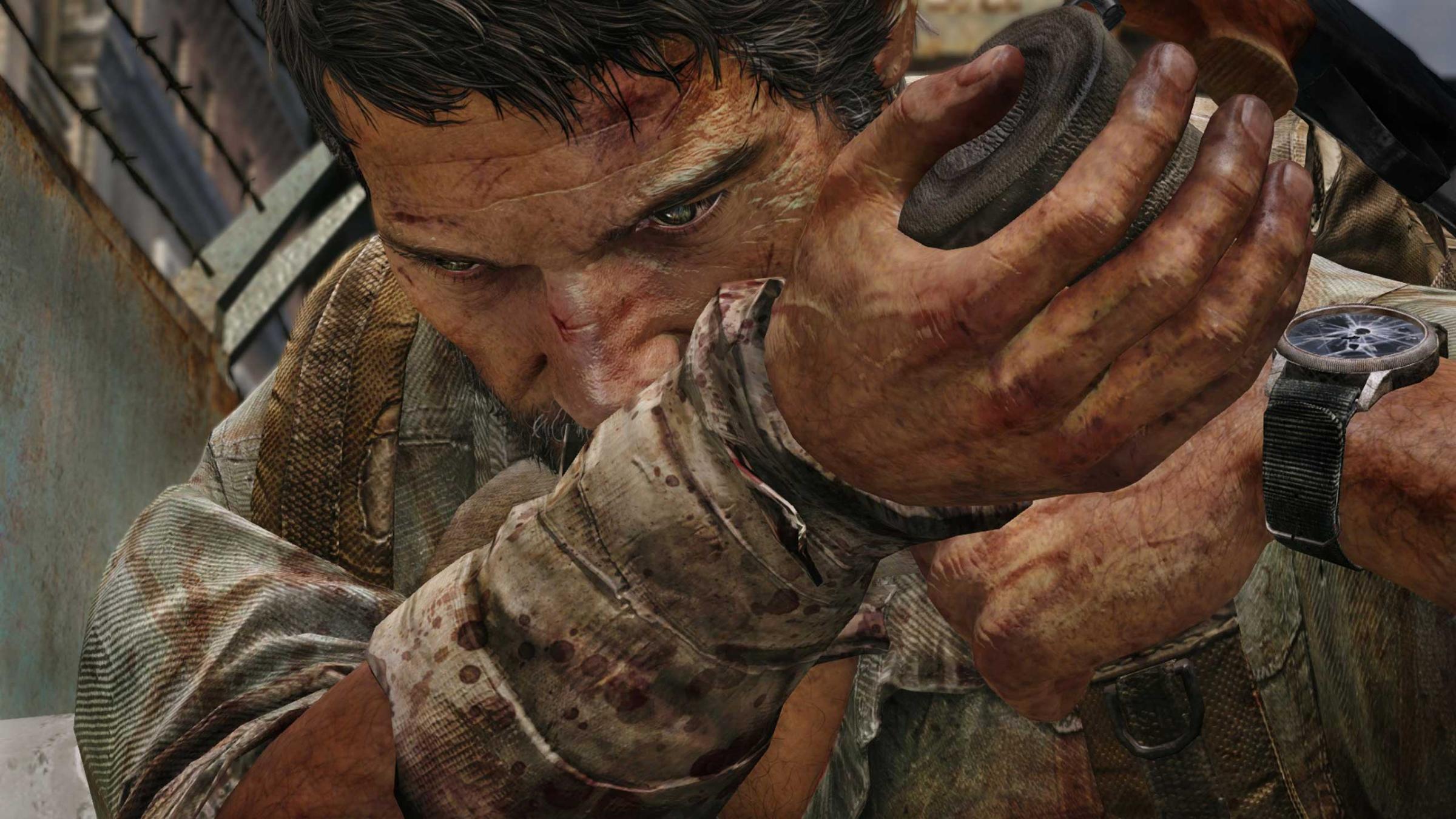

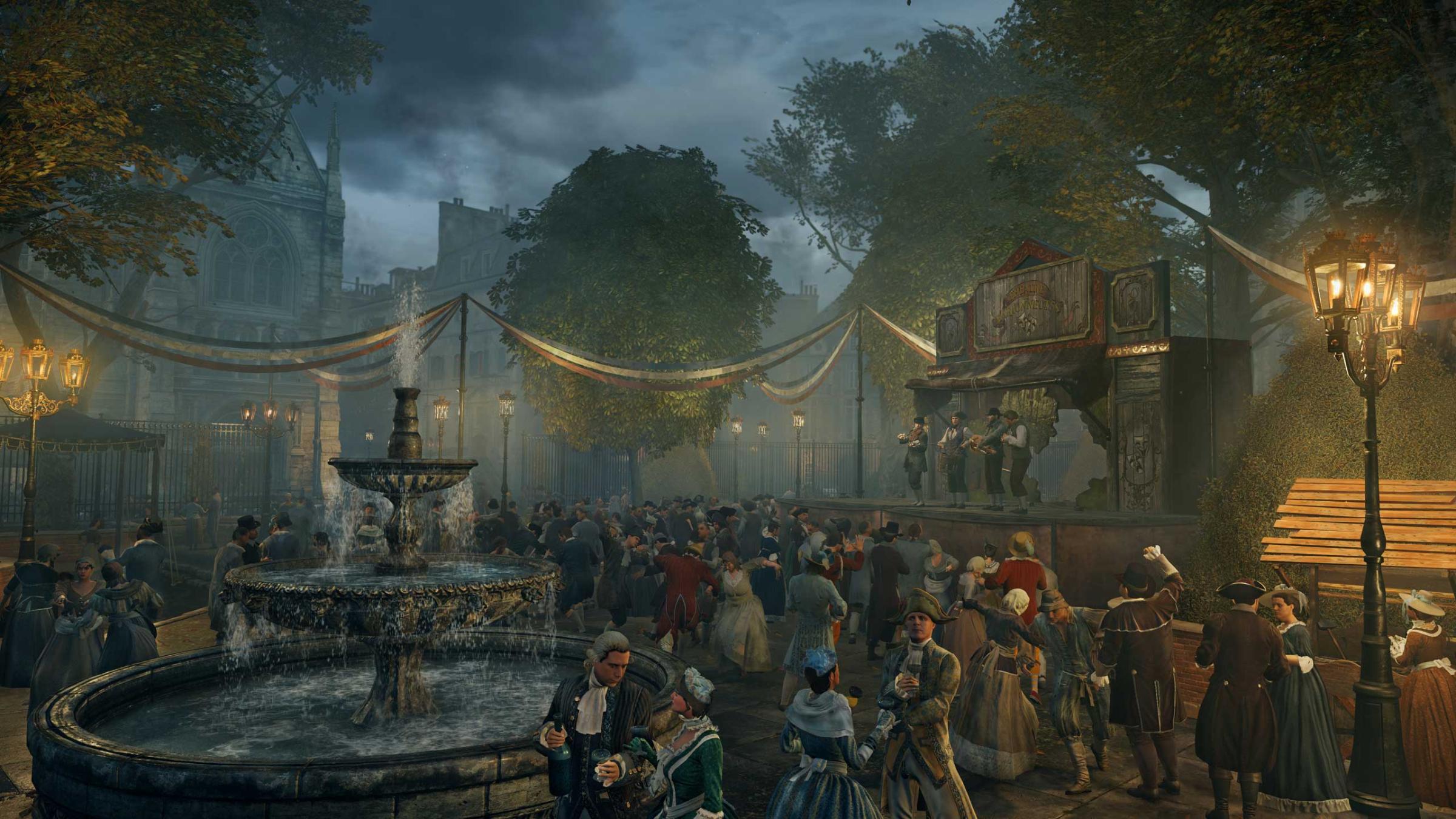
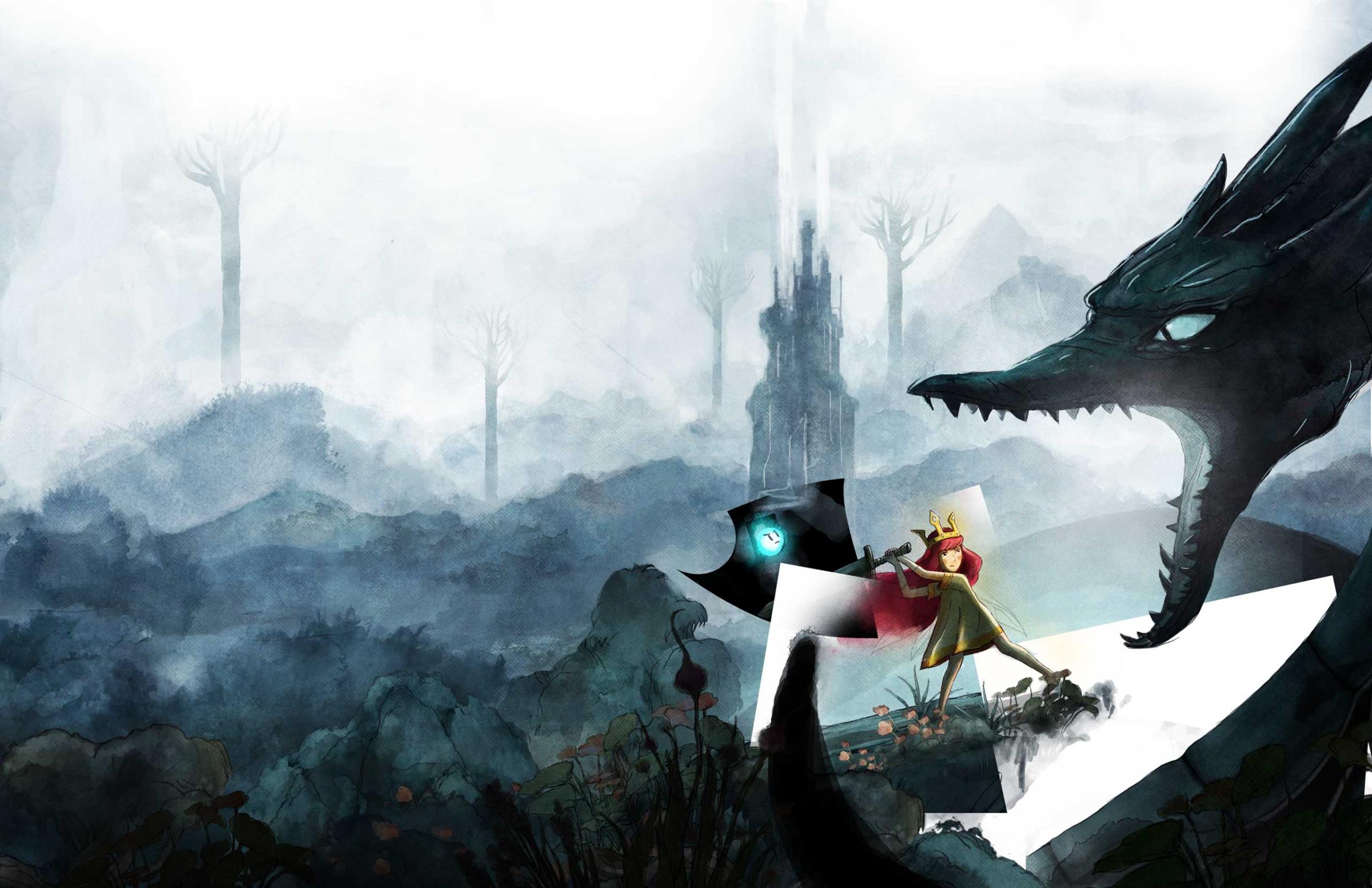
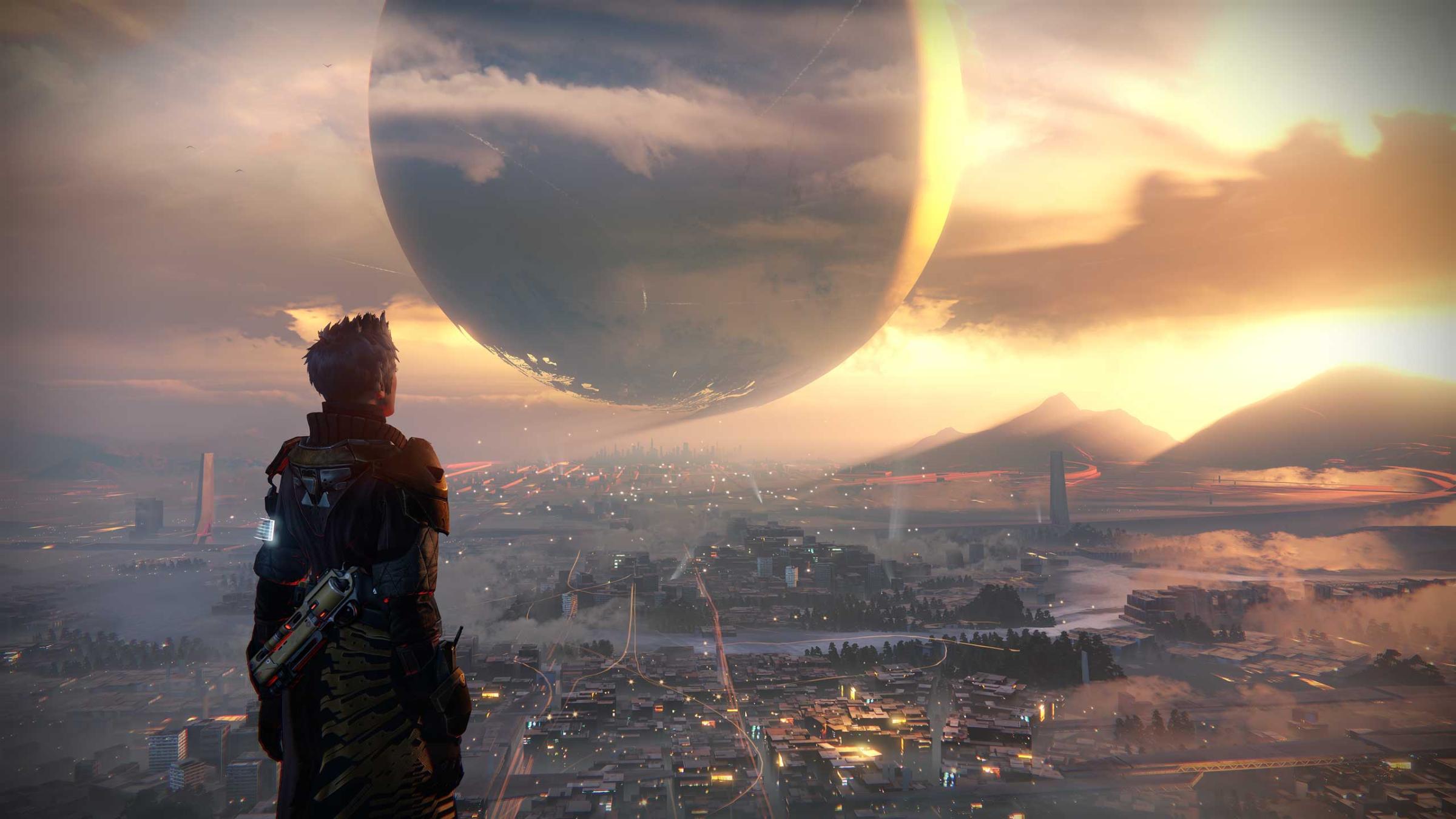
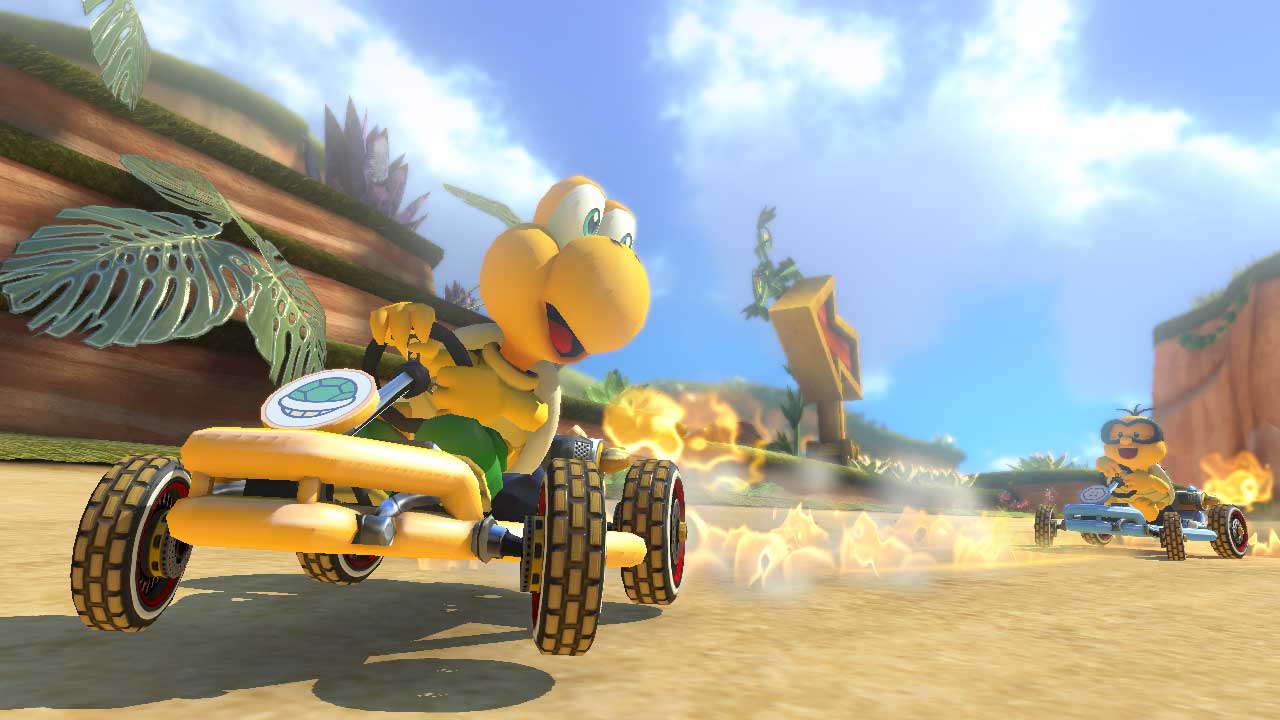
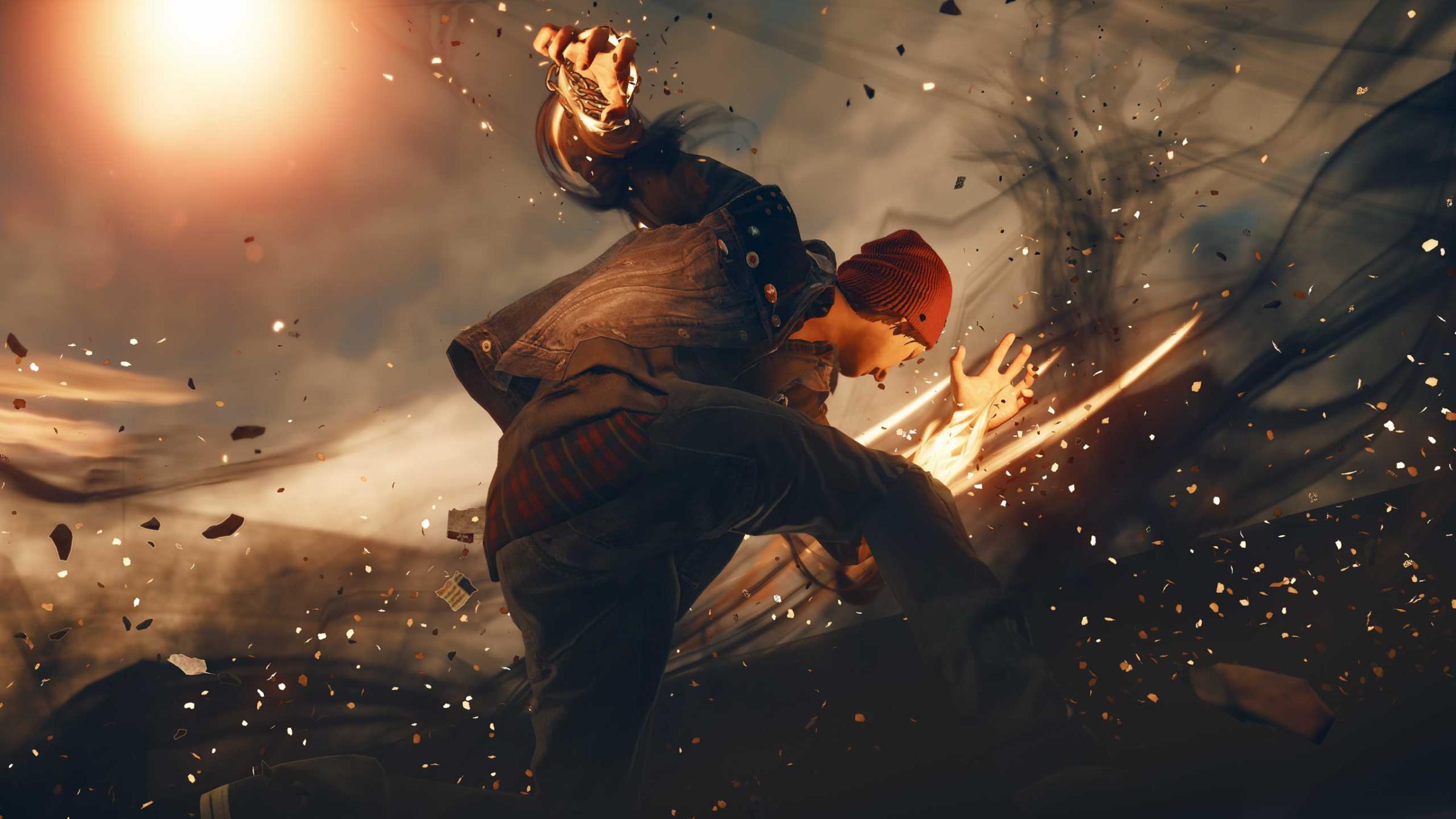
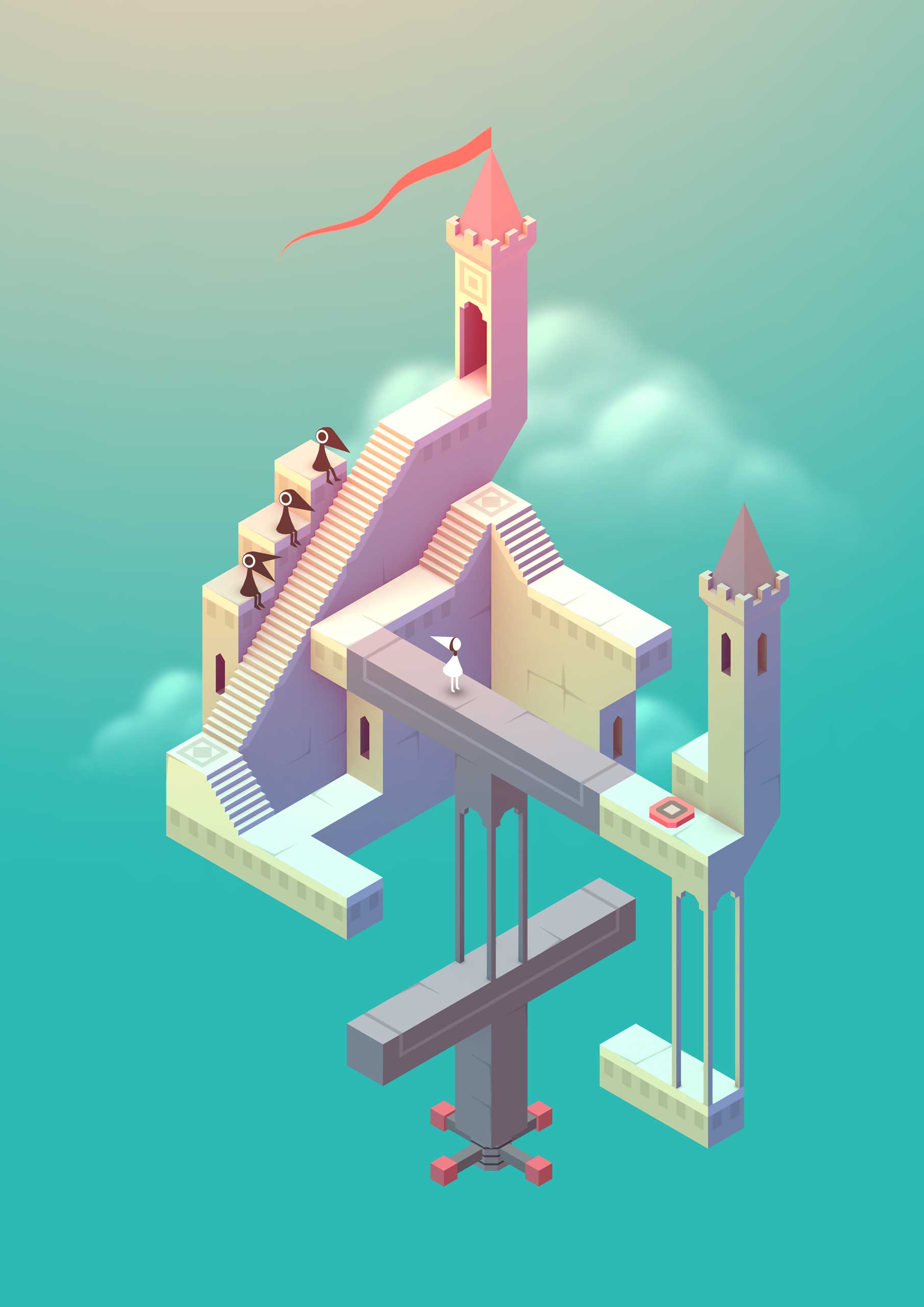
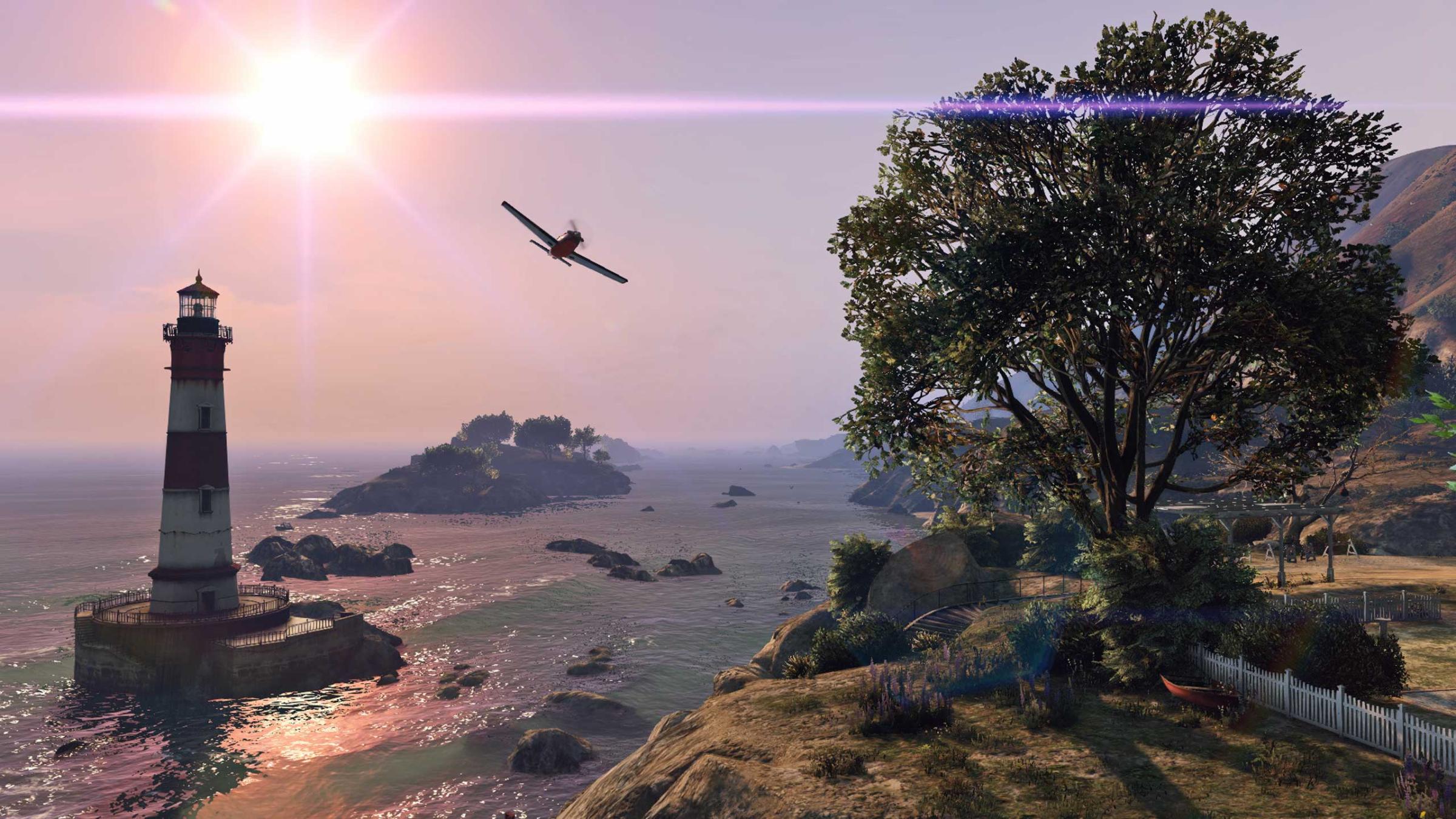
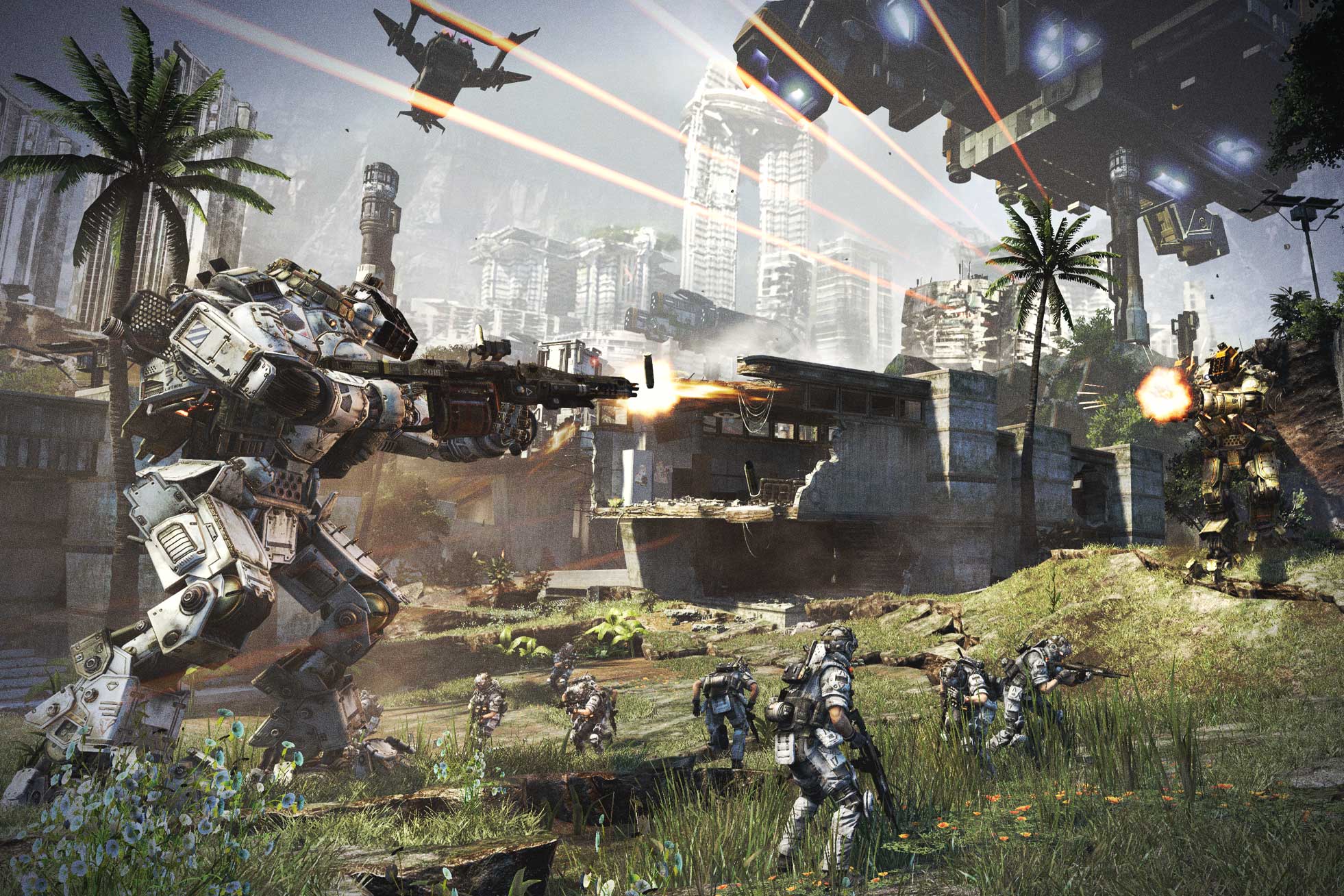

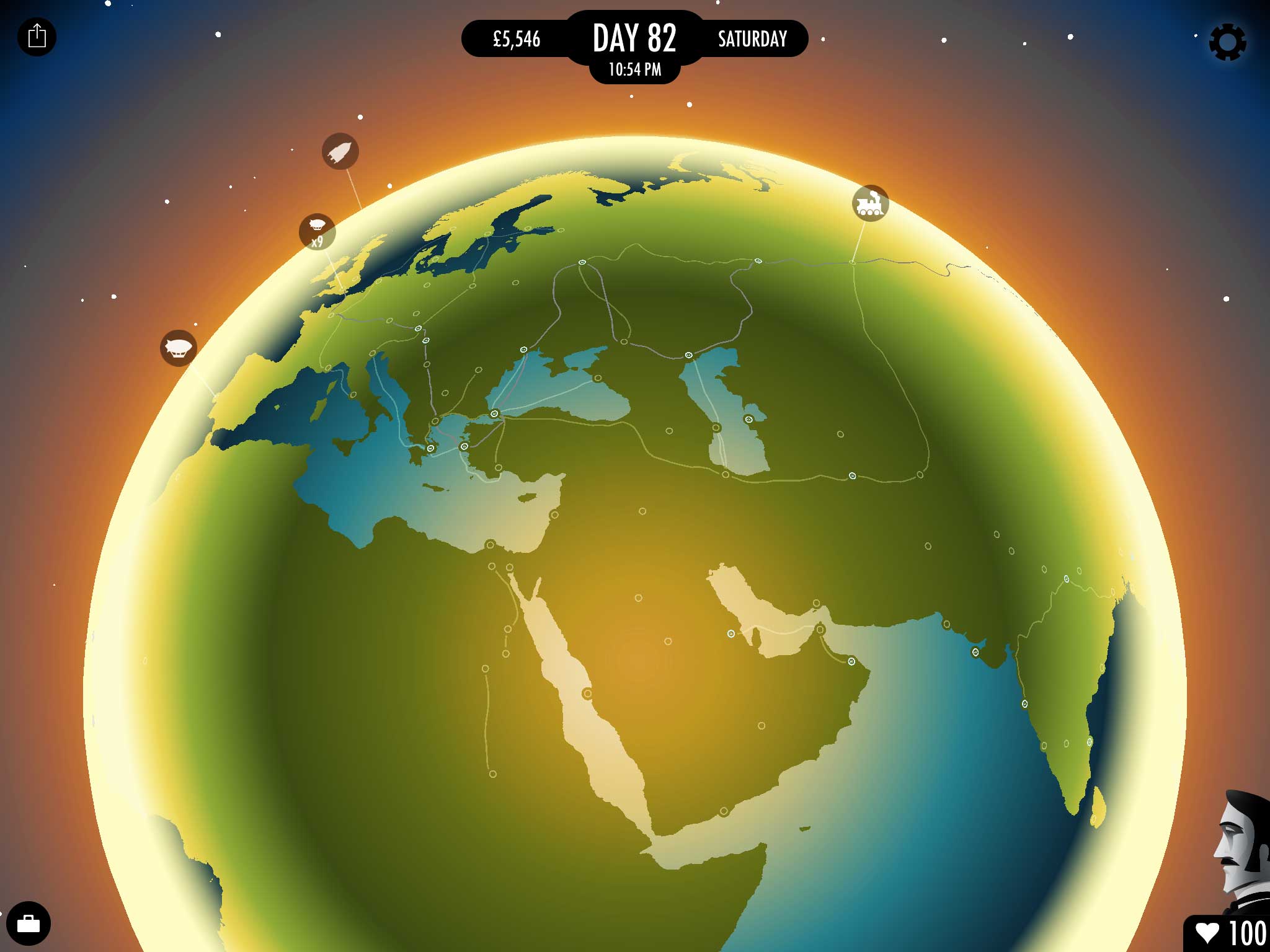
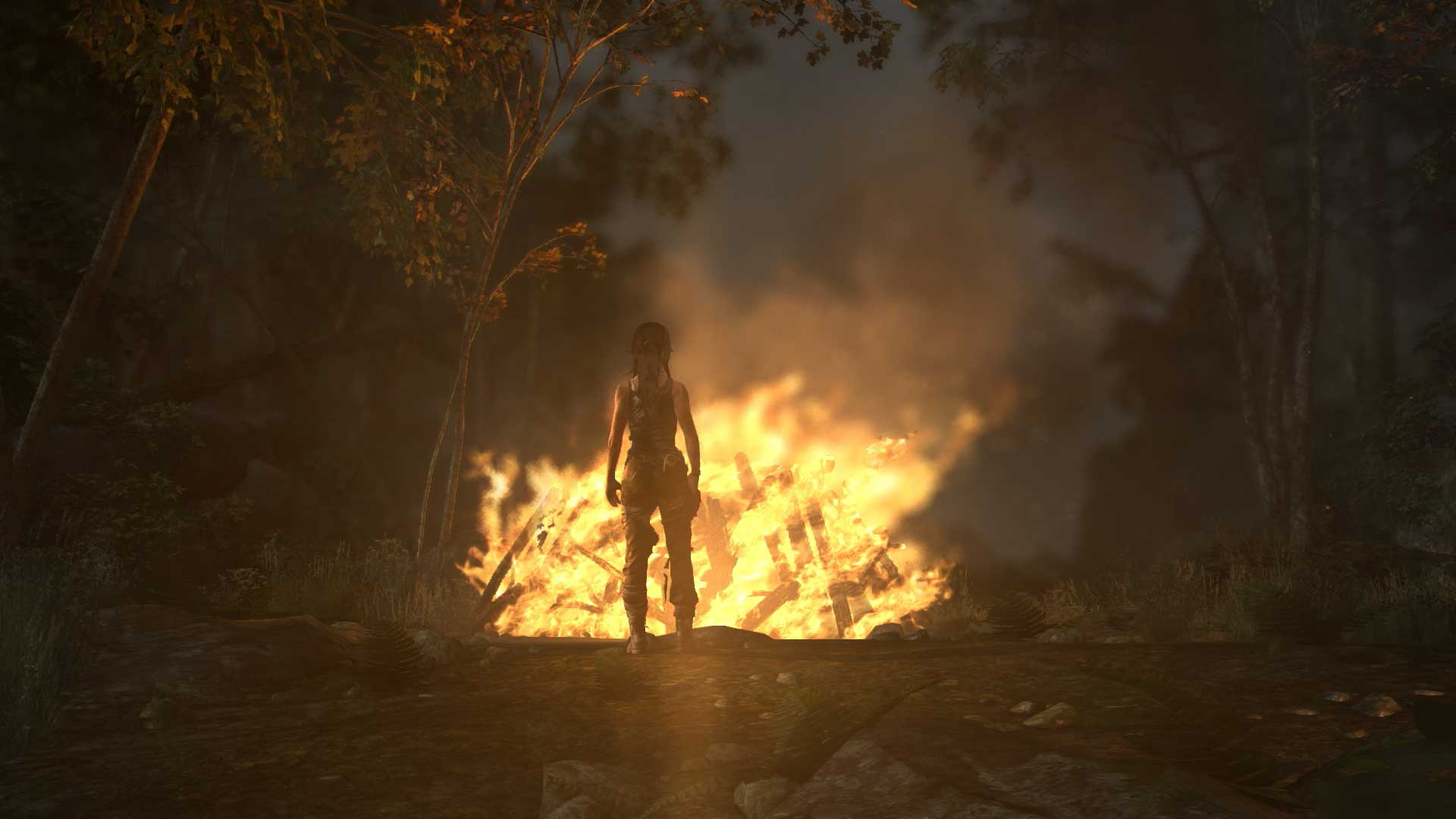
The implication from previous statements is that Nintendo still views its platforms as superior, from a gaming standpoint, to smart devices. Are you hoping to leverage the smart device market as a gateway to dedicated Nintendo systems? Will Nintendo’s games on smart devices have gameplay or feature hooks into Wii U or 3DS games?
For us to create unique experiences that other companies cannot, the best possible option for us is to be able to develop hardware that can realize unique software experiences. As a result, we can offer our consumers overwhelming entertainment experiences—immersion into game worlds. This is why I used the term “premium.”
Let me explain so that nobody will misunderstand: I have never intended to dismiss the entertainment experiences that people are enjoying on smart devices or any other media. On the other hand, my understanding is that, on smart devices, the main demand is for very accessible games which smart device users can easily start and easily finish. These are not necessarily the characteristics that people demand from games for dedicated video game systems. Actually, this is one of the reasons why we believe that we should not port games for dedicated game systems to smart devices just as they are because doing so will not fully satisfy the needs of the smart device consumers. In other words, even when multiple systems can run games, I believe the entertainment experiences that the consumers demand vary from system to system.
In the Nintendo philosophy that I just mentioned, being “unique” or “unprecedented” is appreciated far more than being “better” than the others. While we want more people to become familiar with Nintendo IP through Nintendo’s smart device game apps, at the same time, we aim to provide smart device consumers with unique experiences with our game apps. From a business perspective as well, we aim to grow our smart device business into an important business field.
How will Nintendo design those unique experiences in the smart device space when you’re now forced to accommodate a hardware interface you didn’t design?
Indeed, the late Mr. Yamauchi, former president of Nintendo, often told us that in the world of entertainment we have to do things differently than others. That philosophy has been passed down to us. For us to be able to do something unique that is different from others, being able to design the hardware in order to create unique software experiences gives us the best option. As I said, Nintendo will continue its dedicated video game system business with an even stronger passion.
MORE Exclusive: 7 Brilliant Insights from Nintendo’s Gaming Genius Shigeru Miyamoto
On the other hand, we believe that we will be able to use smart devices in a very unique way so that they can be a bridge to our dedicated game systems, and at the same time, that we will be able to deliver unique experiences to the users of smart devices. As you know, even before the advent of smart devices, we employed touchscreens for our games with Nintendo DS, and we also adopted accelerometers for our Wii Remotes faster than smart devices did, and produced unique games. By utilizing our unique know-how in areas like these, I believe we will be able to come up with unique propositions for consumers. Please wait for our further announcements when we can elaborate on specific titles.
What do mobile game makers get wrong now that Nintendo will get right?
Most mobile game makers who have yielded tangible business results appear to be dependent on a single hit title. For Nintendo, being able to make use of the enormous IP library that we have carefully nurtured for more than 30 years is a major strength. We would like to create several hit titles simultaneously by effectively leveraging the appeal of Nintendo IP, which many people around the world are familiar with.
On the other hand, as I said during our telephone interview, the value of content generally tends to weaken in the digital world, and especially on smart devices, it is not easy to maintain the value of content. We aim to explore ways where we will not devalue Nintendo IP and, rather, we can further improve the value.
Mobile gaming is still the wild west, are there things Nintendo will never do?
The answer may overlap with my previous one, but we will not do anything that may hurt Nintendo IP. We will not do anything that may hurt Nintendo’s brand image—that parents can feel safe giving their children access to it.
You also just announced “NX,” something you described as a platform that’s “a brand new concept.” Can you confirm whether this is indeed hardware, and what it’s intended to follow system-wise?
The reason why I announced “NX,” which by the way, is not directly related to our alliance with DeNA, was because I wanted to avoid any misunderstandings such as, “Nintendo might have lost its passion for the dedicated game system business,” and because I wanted many people to understand that Nintendo will continue its dedicated game system business with even stronger passion and motivation. I am sorry, but as I said during the press conference yesterday, we cannot make any further announcements about “NX” until next year.
Read next: Exclusive: Inside Nintendo’s Bold Plan to Stay Alive for the Next 125 Years
The 10 Best Classic PC Games You Can Play Right Now
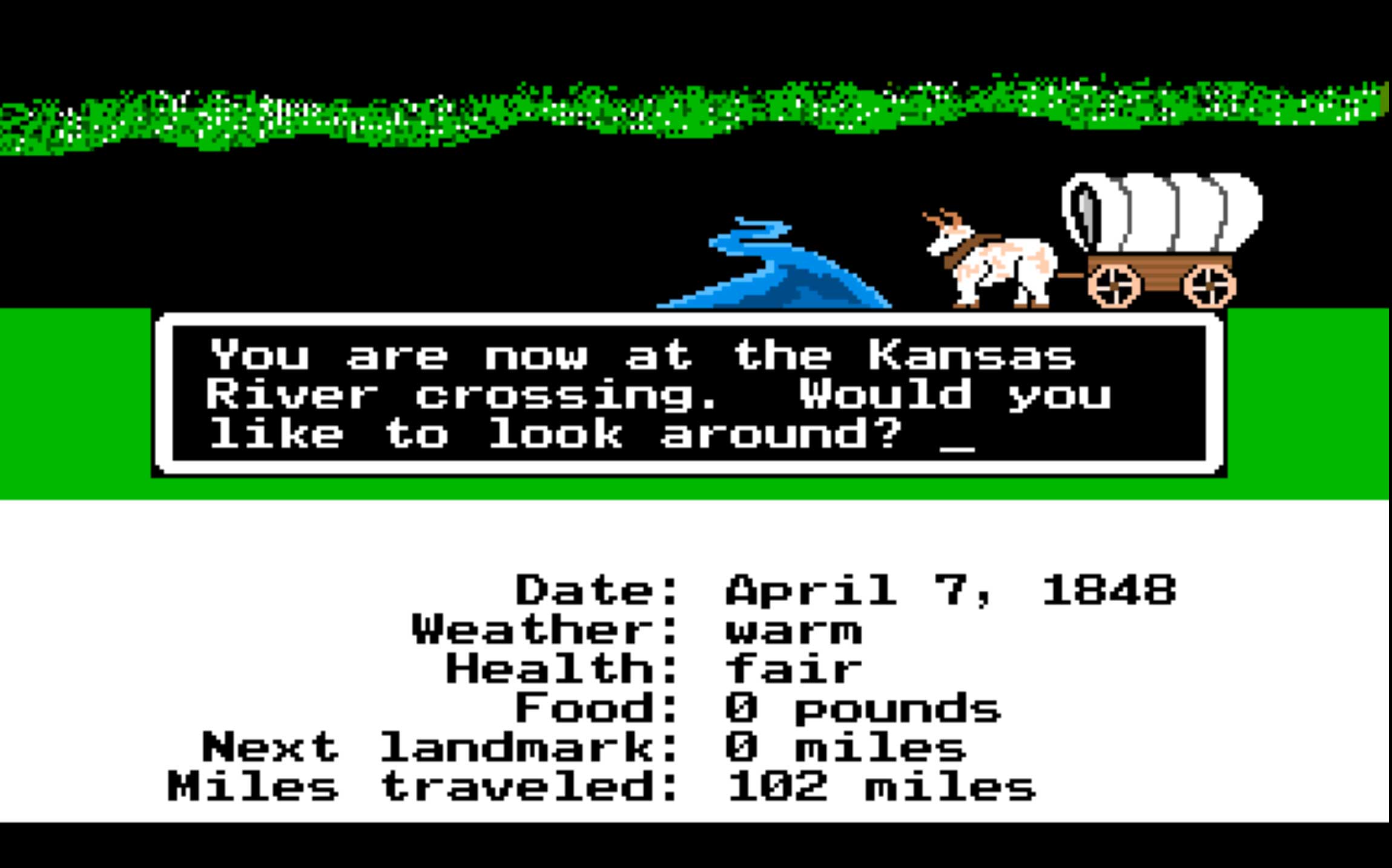
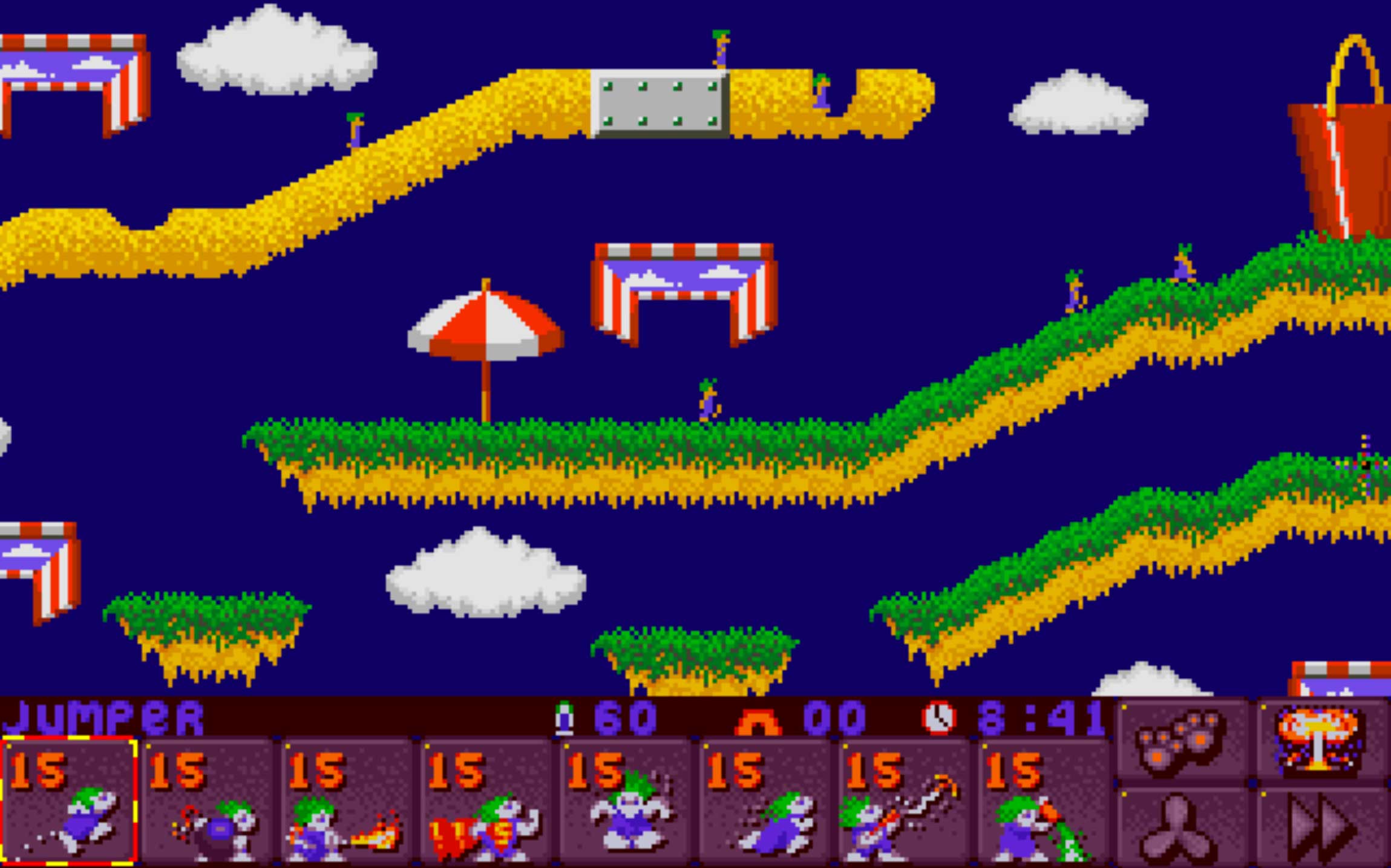
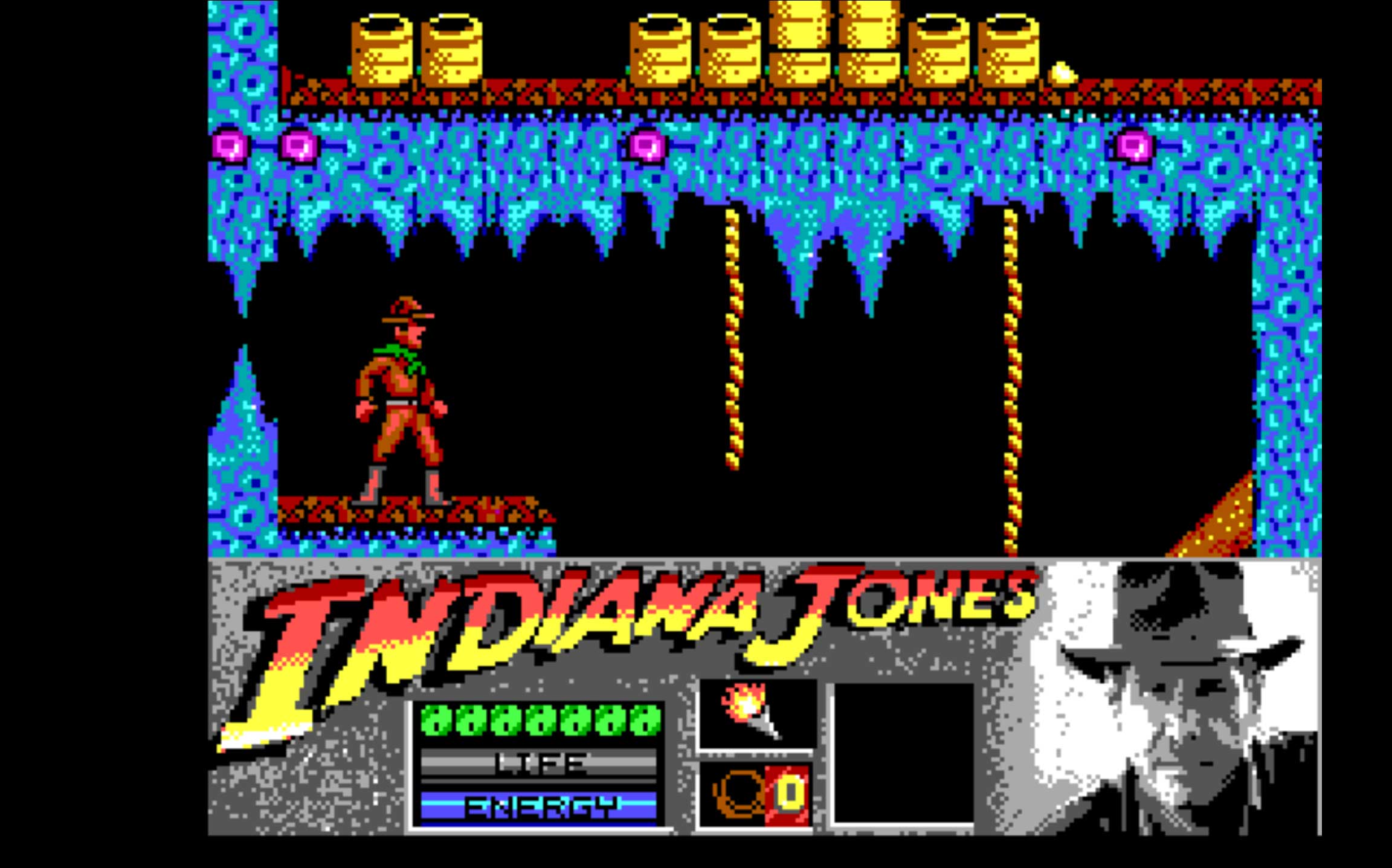

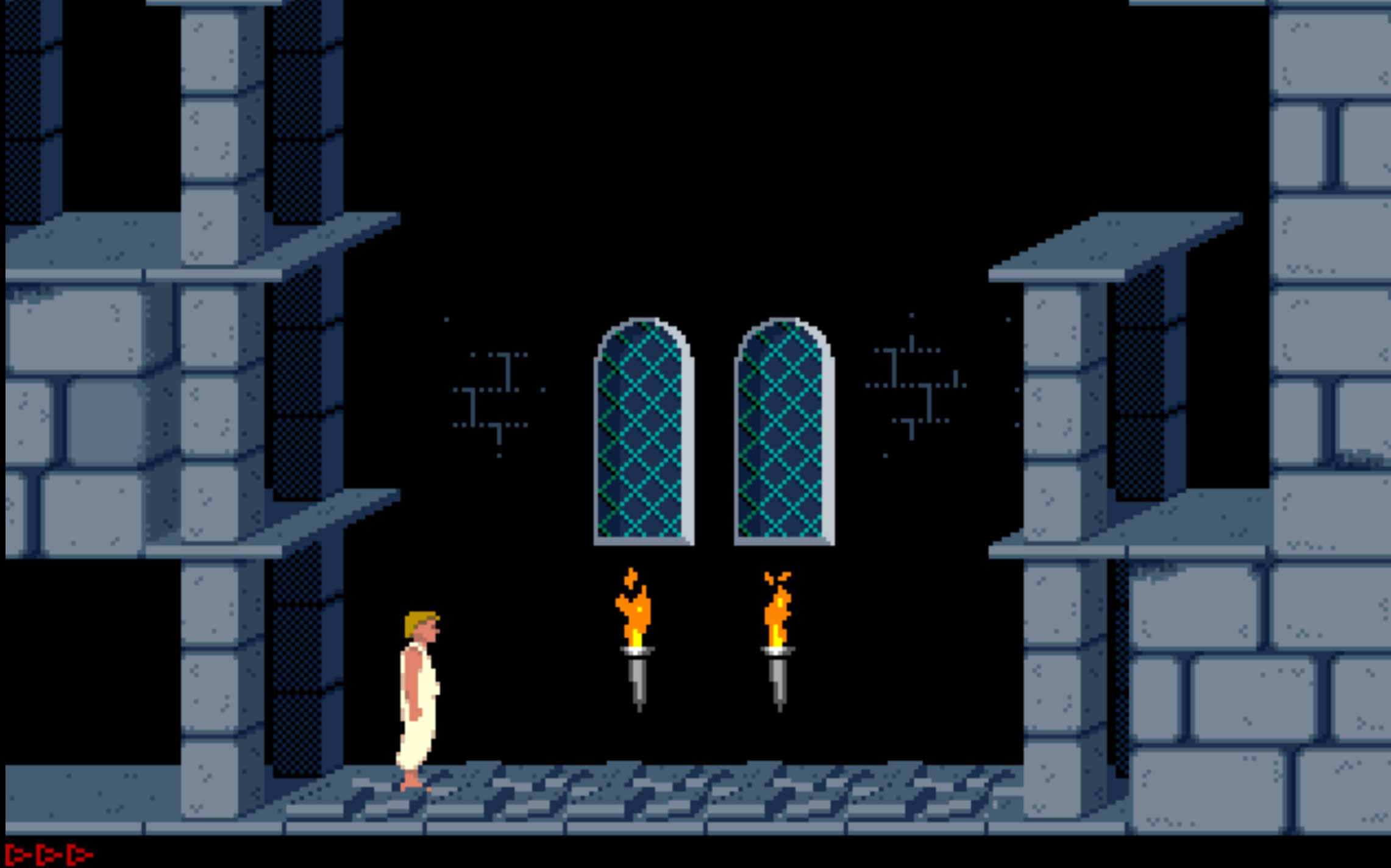
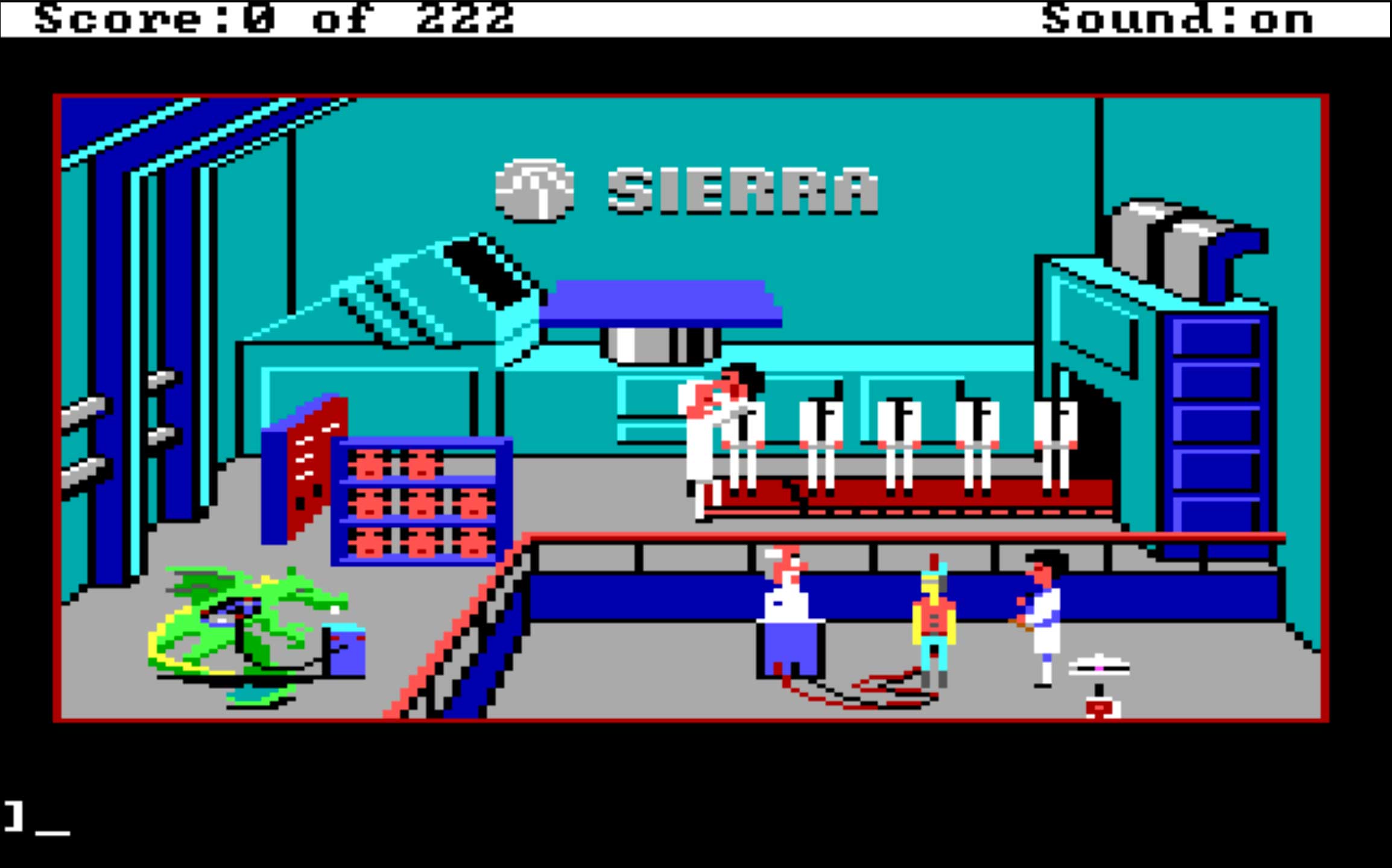
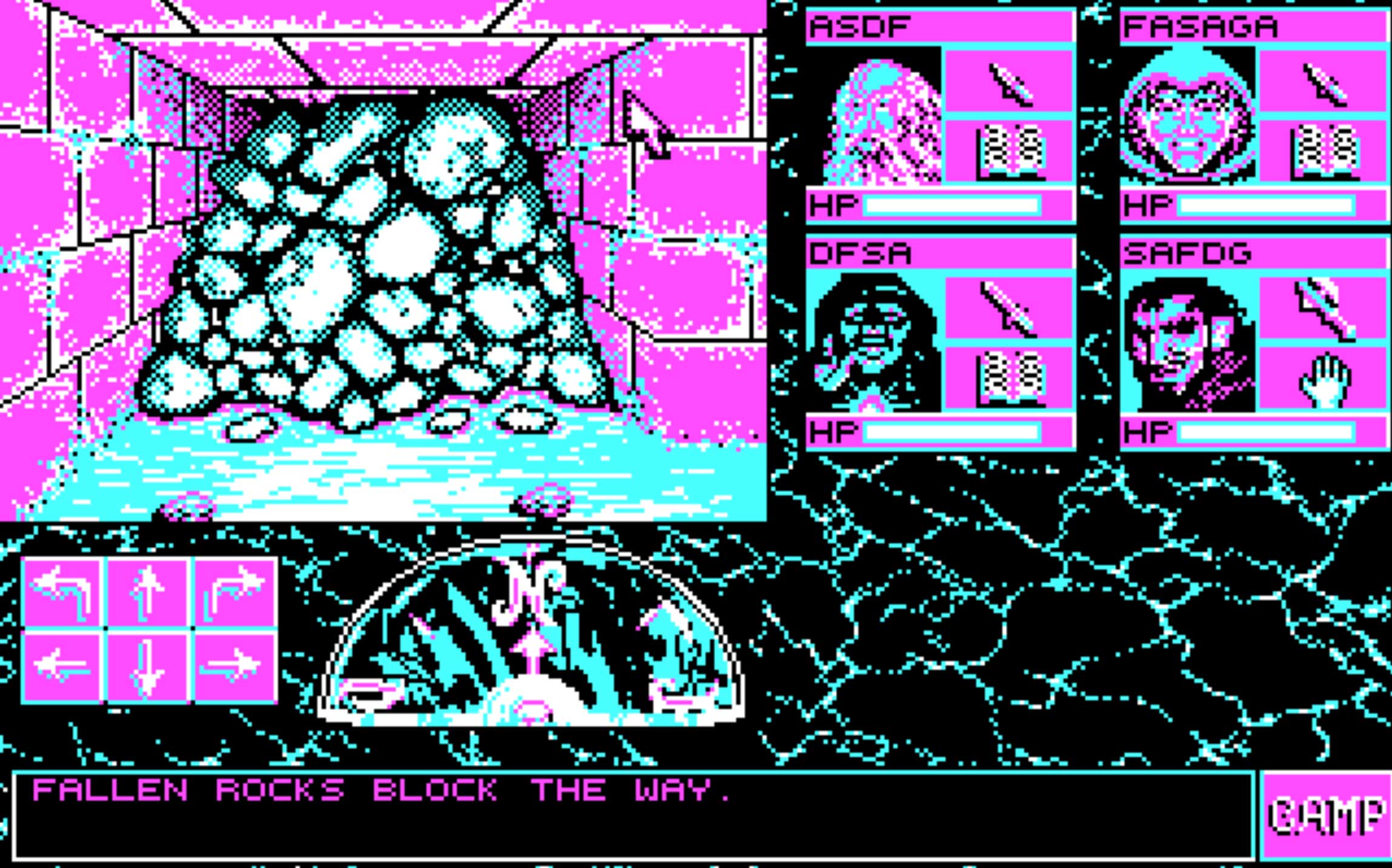
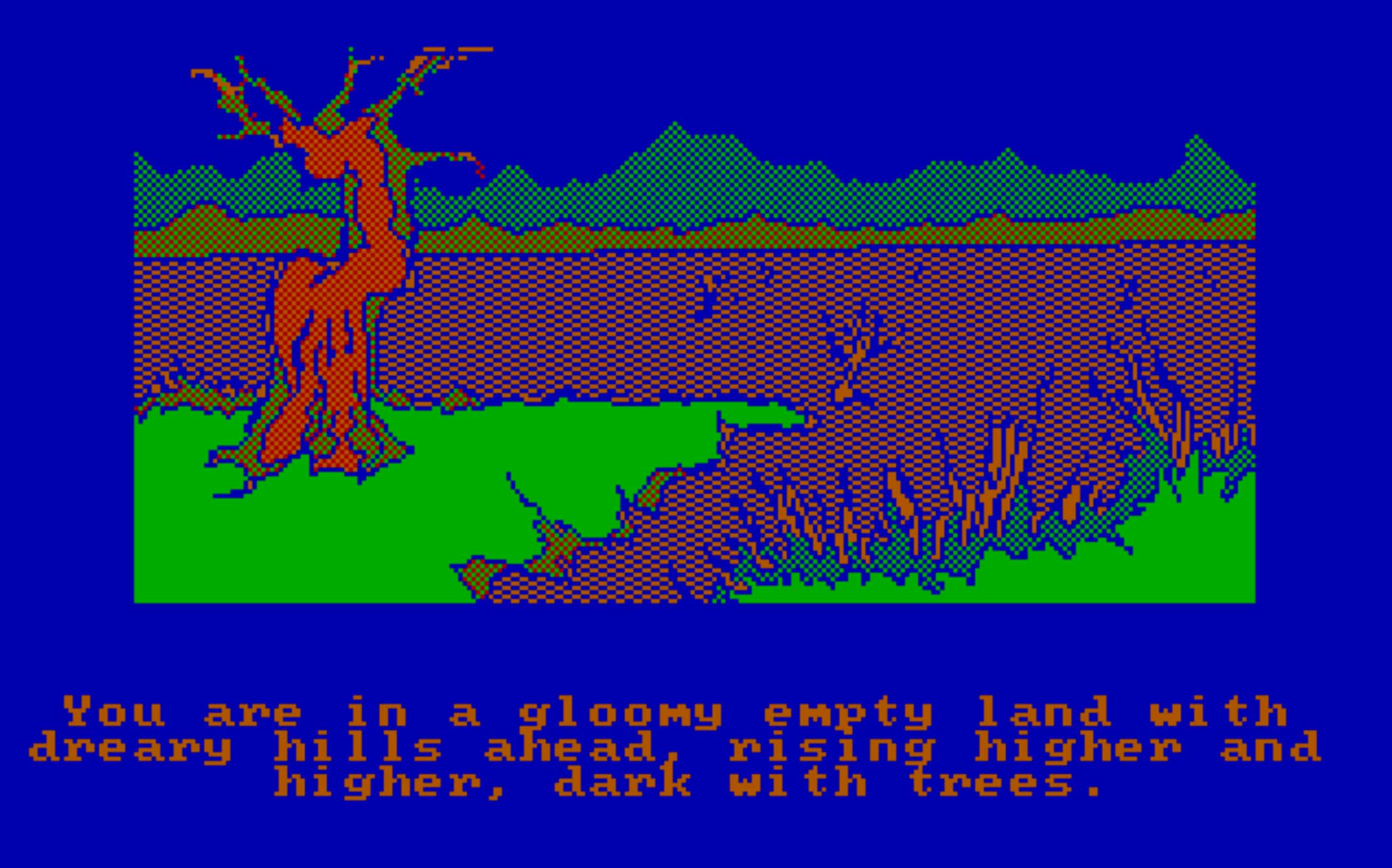


More Must-Reads from TIME
- Why Trump’s Message Worked on Latino Men
- What Trump’s Win Could Mean for Housing
- The 100 Must-Read Books of 2024
- Sleep Doctors Share the 1 Tip That’s Changed Their Lives
- Column: Let’s Bring Back Romance
- What It’s Like to Have Long COVID As a Kid
- FX’s Say Nothing Is the Must-Watch Political Thriller of 2024
- Merle Bombardieri Is Helping People Make the Baby Decision
Write to Matt Peckham at matt.peckham@time.com